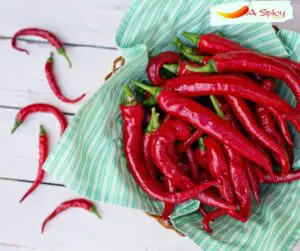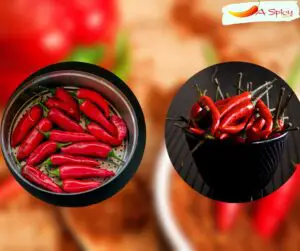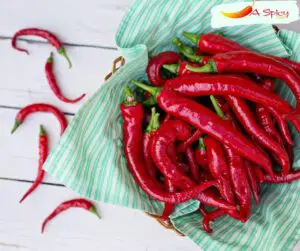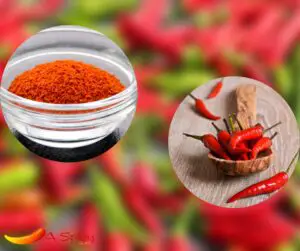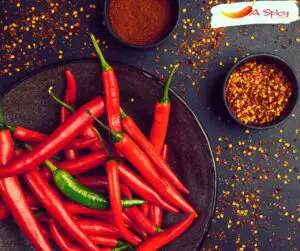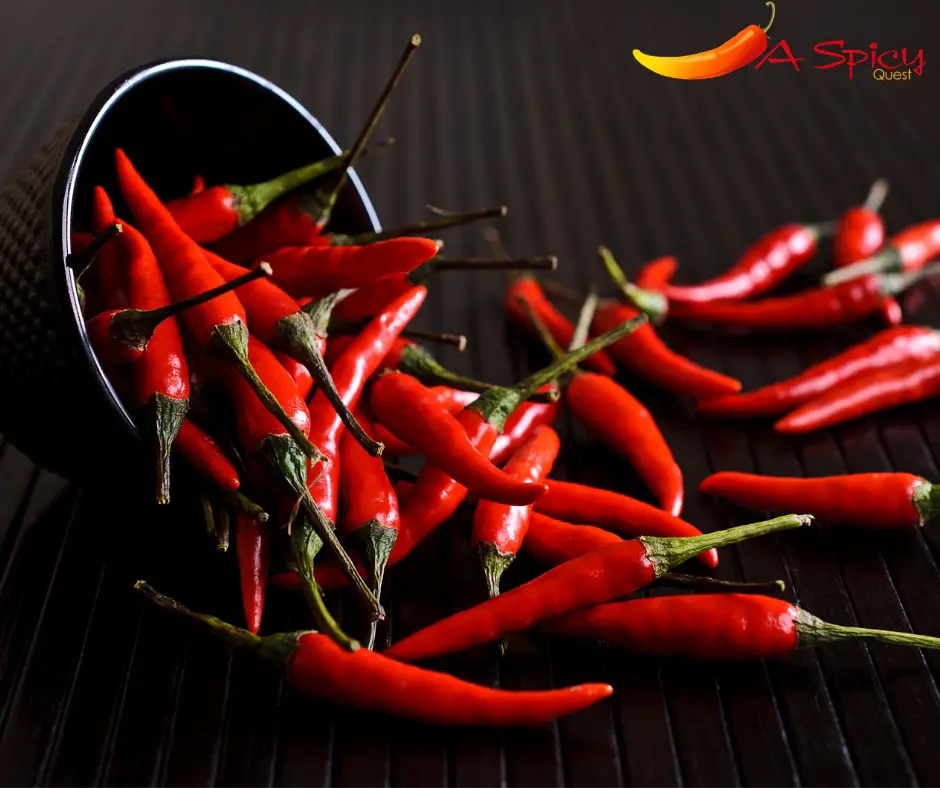
Everyone loves pasta. But does everyone love spicy hot pasta? I’m talking spicy hot. The kind that burns your lips, mouth, and throat on the first bite and you can feel just a little going down. Sounds scary or tasty, depending on your preference. Therefore, we are going to tell you how much to add to your food at once. So, how much cayenne pepper should you put in pasta?
Use your judgment when deciding how much cayenne pepper you should use in your pasta dish. The amount to add always depends on the amount of pasta you’re making. You can always add more if you need to, but you cannot take it out once it has been added. It depends on the amount of pasta you are making. But on average, half a teaspoon of cayenne pepper should suffice for your pasta.
How to Add Cayenne Pepper to Food
Before you add cayenne pepper to food, it’s important to know that it can be very spicy. If you are sensitive to spicy foods or have never used cayenne pepper before, it may be best to start slowly with small amounts.
Cayenne pepper comes in two forms: powdered cayenne pepper and whole cayenne peppers, which are also called dried cayenne peppers because they have been dried and preserved for later use.
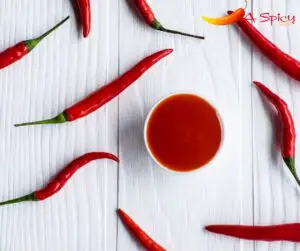
Dried or fresh red peppers are also sometimes used to make other types of spicy food items, such as paprika or crushed red pepper flakes.
When cooking with cayenne pepper powder, add it sparingly to dishes that already contain hot ingredients like chili peppers or wasabi root paste because too much cayenne can overpower other flavors in the dish.
You may also want to add salt or sugar with your cayenne pepper so that your food isn’t too spicy on its own.
Health Benefits of Cayenne Pepper in Foods
Cayenne pepper is a popular spice that adds flavor to dishes and also has many health benefits. It contains capsaicin, which is the active ingredient responsible for its spicy taste. Capsaicin has been shown to have several health benefits, including:
1. Immune booster
Cayenne pepper has antibacterial properties that can help fight infections in your body. It may also help boost your immune system by increasing your body’s production of white blood cells, which fight off foreign invaders such as bacteria and viruses.
2. May Help Lower Cholesterol
The active ingredient in cayenne pepper is capsaicin, which can help lower cholesterol levels by increasing the rate at which your body burns fat and decreasing the number of fats it stores in cells.
3. May Boost Weight Loss
Another benefit of cayenne is its ability to boost weight loss by increasing energy expenditure (calorie burning), suppressing appetite, and increasing fat oxidation. The capsaicin in cayenne peppers can help boost metabolism, which helps you burn calories more quickly. It may also reduce appetite by tricking your body into thinking that it’s full.
4. It’s a blood thinner
Like other spices that contain capsaicin, cayenne pepper has been used for centuries to treat high blood pressure and other heart conditions. Capsaicin causes the body to release chemicals called endorphins, which make you feel warm. This lowers your blood pressure by decreasing the amount of oxygen needed in your body to maintain normal temperature levels. Capsaicin also encourages better circulation by widening blood vessels to allow more blood flow throughout your body.
5. Improves Digestion
Cayenne pepper is known to help relieve constipation and other digestive problems, like bloating and gas. The active ingredient capsaicin stimulates the production of saliva, which is essential for proper digestion by breaking down food particles before they reach the stomach lining. Capsaicin also triggers the release of digestive juices from the pancreas and gallbladder, which helps break down fat into smaller particles that are easier for your body to absorb.
6. Eases Stomach Problems
The capsaicin found in cayenne pepper acts as an irritant on your mucous membranes, causing them to become inflamed and produce excess mucus to defend against attack, which relieves painful stomach ulcers or inflammation.
How Much Cayenne Pepper Is Too Much in Food?
The amount of cayenne pepper that you’re able to tolerate will depend on your tolerance level for spicy foods as well as your physical condition at the time that you ingest it. If you’re feeling sick with a cold or flu when eating this spice, then you may experience some unpleasant side effects such as diarrhea or heartburn.
Cayenne pepper can be used whole, chopped, or ground. It’s often added to dishes at the very end of cooking because it can lose flavor if heated too long.
Cayenne pepper is pungent and adds heat to food. When you add too much cayenne pepper to a dish, it may become overpowering.
When this happens, the taste of other ingredients will be masked by the spice. If you’re adding cayenne pepper to food for its health benefits, such as its ability to lower blood pressure, you’ll want to avoid using too much of this spicy herb so that you don’t lose out on those benefits altogether.
Tips for Adding Cayenne Pepper to Food
When it comes to adding cayenne pepper to food, the possibilities are endless. Whether you’re looking to add some heat to your favorite dishes or just want to give your taste buds a spicy treat, this fiery spice is sure to deliver. Here are some tips for adding cayenne pepper to your favorite foods:
1. Add it to salsa
Salsa is a perfect medium for spicy peppers like cayenne because it’s both flavorful and versatile. Use it as an ingredient in homemade salsa or as a topping for chips and tacos.
2. Add it to guacamole
Guacamole is another great way to incorporate cayenne into your diet. You can either sprinkle on some whole peppers or grind up some of the powder for maximum flavor and potency. Either way, you’ll have a tasty appetizer that will keep you coming back for more.
3. Season steak with cayenne before grilling it
Grilled meat is delicious but sometimes it can be bland without any seasoning added to it beforehand, especially if you’re using a gas grill instead of charcoal. A little bit of cayenne pepper will give your steak plenty of flavor without overpowering its natural meatiness, so try this next time you’re grilling out.
4. Use it sparingly
Cayenne pepper can make food spicy, but too much will overwhelm other flavors and make the dish unpleasant. Start with a small amount and add more if you want more heat. You can always add more but you can’t take it away once it’s there.
5. Use fresh peppers instead of dried ones whenever possible
While dried peppers work just fine, they lose some of their pungency when dried out. Fresh peppers are much stronger than dried ones and so they’ll bring more heat to your recipe without having to use as much of them. If you need to use dried peppers instead of fresh ones, just remember that 1/4 teaspoon of ground red pepper flakes equals 1 whole pepper (dried).
Final Note
Food pairing is a complicated endeavor. Many factors such as taste and texture need to fall into place for the dish to be satisfying. If you’re new to food pairing and want to try adding cayenne pepper to your pasta meals, start with a little at first until you find the right balance for you.


